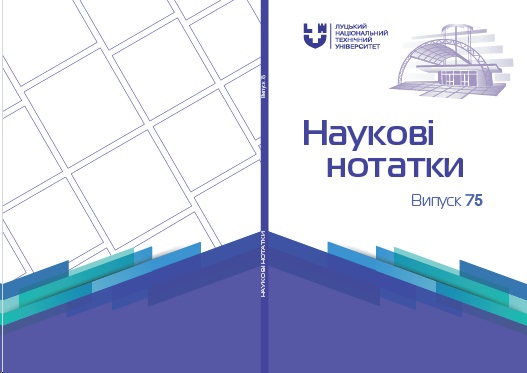INFLUENCE OF THE METHOD OF NICKEL BONDING ON THE STRUCTURE AND PROPERTIES OF TUNGSTEN-BASED ALLOYS
Abstract
The methods of introducing nickel into tungsten-based powder alloys have been investigated. Two methods of mechanical alloying and chemical deposition of nickel from an alkaline solution have been used. The influence of the parameters of the process of deposition of nickel from alkaline nickel chloride on the coating process was studied. It was found that the cladding of tungsten powder particles by chemical deposition leads to a change in their technological properties and ensures uniform application of nickel on the surface of the particles. The effect of cladding on the density of tungsten powder was studied. It has been found that under static pressing conditions, nickel-coated powder shows a greater tendency to form and compact at low pressures, which is due to changes in the shape and morphology of the particles. Nickel plating smoothes the surface topography of tungsten particles, which reduces the area of inter-particle contacts and improves structural deformation during the first stage of pressing. High-temperature sintering of the molds in a vacuum leads to a decrease in porosity within 8-11 %, which is associated with liquid-phase sintering processes. The difference in the alloy structures, depending on the method of nickel introduction, has been established; when nickel is introduced in the form of a powder to form a mechanical mixture, segregation of the mixture components is observed due to a significant difference in the densities of tungsten and nickel, which leads to an uneven distribution of the alloying additive over the volume of the material and, accordingly, to structural heterogeneity. The introduction of a nickel alloying additive by chemical means overcomes the disadvantages of uneven distribution of components over the volume of the material, which determines the homogeneity of the structure of post-liquid sintering. The research results can be useful in the development of heavy alloys for the military and machine-building industries.





